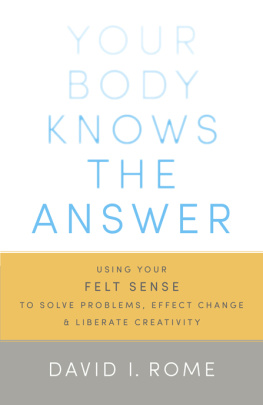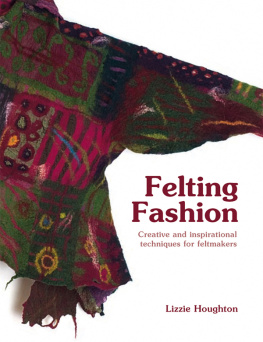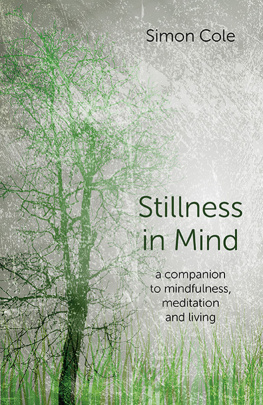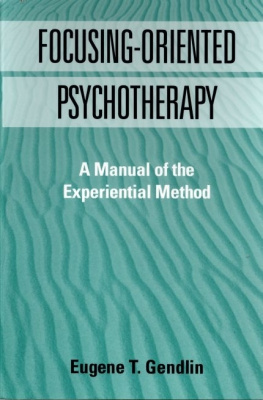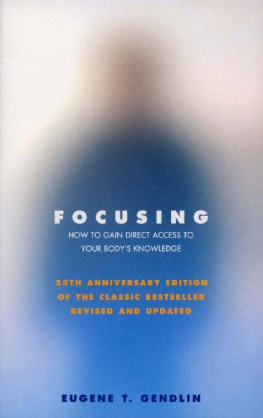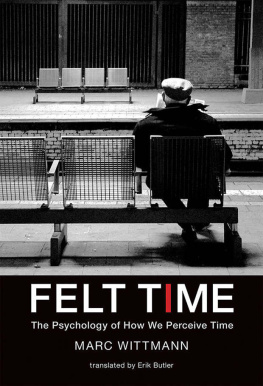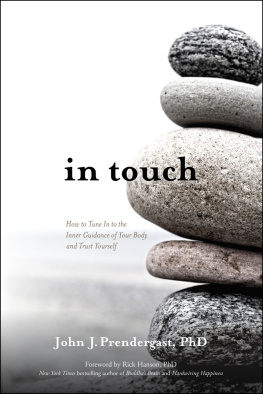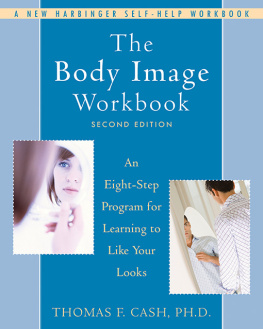Eminently readable, engaging, and wise, this book is hugely welcome. Those new to Focusing and the felt sense will be expertly guided; those already familiar with the process will find fresh treasure on every page. Compassionate, warm, and generous in sharing his own journey, Rome is just the person you would want as a companion to opening up your inner world. I know I will be re-reading this book for years and recommending it to all my students and friends.
Ann Weiser Cornell, author of The Power of Focusing and Focusing in Clinical Practice
David Rome has mastered Focusing, a method for using the bodys wisdom to navigate lifes major decisions. Your Body Knows the Answer makes this invaluable tool available to us all.
Daniel Goleman, author of Emotional Intelligence and Focus
Reading David Romes book opened a forgotten but familiar doorway in my heart that sang, yes! He returns us to our bodies, showing us how to access the felt sense, the nonconceptual experience of embodied knowing we have been yearning for. He skillfully guides us to wholeness, introducing accessible exercises that form a toolkit for life. Mindful Focusing comes at a perfect time, resting at the nexus of mindfulness, neuroscience, and social-emotional learning, showing the way for us to bridge meditation and daily life, the brain and the heart, Western philosophy and Eastern wisdom. This book is a treasure to savorand useagain and again.
Acharya Judith Simmer-Brown, Distinguished Professor of Contemplative and Religious Studies, Naropa University, and author of Dakinis Warm Breath: The Feminine Principle in Tibetan Buddhism
ABOUT THE BOOK
A manual for Mindful Focusing, a new integration of Eastern and Western techniques for accessing your inherent wisdom.
Ever come up against one of those moments when life requires a responseand you feel clueless? We all have. But theres good news: you have all the wisdom you need to respond to any situation, even the impossible ones. Its a matter of tuning in to your felt sense: that subtle physical sensation that lives somewhere between your conscious and subconscious mind and that can be accessed through Focusing, the well-known method developed by the psychologist Eugene Gendlin. David Romes technique of Mindful Focusing unites Gendlins method with Buddhist mindfulness practices to provide a wonderfully effective method for accessing your inherent answer to any questionand for responding honestly and creatively to the world around you.
DAVID I. ROME is a certified Focusing Trainer who has brought Focusing together with Buddhist mindfulness-awareness practices in workshops in the United States, Canada, and Europe. He began practicing Buddhism in 1971 and served for nine years as private secretary to the Tibetan teacher Chgyam Trungpa Rinpoche. David played a leadership role in the early development of Shambhala International and Naropa University and was one of the first teachers in the Shambhala Training program. He has served as President of Schocken Books and Senior VP for Planning of the Greyston Foundation and is a senior fellow with the Garrison Institute, a Hudson Valley research and retreat center applying contemplative methods to solve social and environmental challenges. Your Body Knows the Answer is his first book.
Sign up to receive news and special offers from Shambhala Publications.

Or visit us online to sign up at shambhala.com/eshambhala.
Your Body Knows the Answer

Using Your Felt Sense to Solve Problems, Effect Change, and Liberate Creativity
DAVID I. ROME

SHAMBHALA
Boston & London
2014
Shambhala Publications, Inc.
Horticultural Hall
300 Massachusetts Avenue
Boston, Massachusetts 02115
www.shambhala.com
Cover design by Kathleen Lynch/Black Kat Design
2014 by David I. Rome
All rights reserved. No part of this book may be reproduced in any form or by any means, electronic or mechanical, including photocopying, recording, or by any information storage and retrieval system, without permission in writing from the publisher.
LIBRARY OF CONGRESS CATALOGING-IN-PUBLICATION DATA
Rome, David I.
Your body knows the answer: using your felt sense to solve problems, effect change, and liberate creativity / David I. Rome.
pages cm
eISBN 978-0-8348-2997-8
ISBN 978-1-61180-090-6 (pbk.)
1. Mind and body. 2. Buddhism. I. Title.
BF161.R753 2014
294.3361537dc23
2013050190
To the memory of my parents,
CHAWA AND HERZL,
who loved me into existence.
Contents
I N THE SUMMER OF 1971, shortly after I returned to New York from two eye-opening years as a Peace Corps volunteer in Kenya, my high-school friend Alex invited me to bum around Europe for a couple of months. Starting in England, we took in the primordial megaliths of Stonehenge, the soaring cathedral at Salisbury, the legendary Glastonbury Tor where King Arthur came in search of the Holy Grail. I was duly impressed by these sights, yet they had the curious effect of making me feel lost, unmoored, empty. I couldnt connect my own existence to these marvels. For that matter, I couldnt really seem to connect with anything in the world around me at this time.
Alex, a Gandhian political activist, had recently spent time in India and as our next destination had his heart set on a Tibetan monastery in Scotland. With little enthusiasm, I accompanied him on the long drive to a barren, windswept countryside where a former hunting lodge was now in use as a Buddhist meditation center. Feeling even more out of my element than before in this odd place, but also intrigued, I dutifully sat on a low cushion, joined in the strange chanting as best I could, and followed the simple instructions for silent meditation. As I sat there uncomfortably, and the minutes grew longer and longer, almost imperceptibly at first I began to touch something new in myself. There was no flash of light, no altered state of consciousness, but a different quality of awareness was dawning in me. I had no words for it, but knew I was experiencing something that had a rightness or realness, an actuality, that had been missing from my life.
Samye Ling was the name of the meditation center, and it included a small bookstore with a selection of the few books in English on Buddhism available at that time. One in particular caught my eye, a slender volume called Meditation in Action by Chgyam Trungpa Rinpoche, the young Tibetan lama who had started the center a few years earlier and who, I learned, was now living and teaching in North America. I read the little book on the plane returning to the States, and in October, that magical month when New England is aflame with multihued foliage and bright blue sky, I drove to northern Vermont to visit Tail of the Tiger (now called Karm Chling), the new meditation center established by Trungpa Rinpoches first American students. There I met my teacher, collected windfall apples and pressed them into fragrant cider, and began in earnest a lifelong study and practice of Buddhism.
The next summer, I moved to Boulder, Colorado, the old mining town and seat of the University of Colorado at the foot of the Rocky Mountains that Trungpa Rinpoche had made his new home and headquarters. In January 1974, after participating in Rinpoches first annual three-month advanced-teaching Seminary, I had the good fortune to become his private secretary, a role in which I served for more than nine years. This period marked the flood tide of Trungpa Rinpoches extraordinarily diverse creative contributionsincluding the founding of the Naropa Institute (now Naropa University) that summerwhich have had such a profound effect on the development of Western Buddhism and contemporary contemplative practice in general.
Next page
